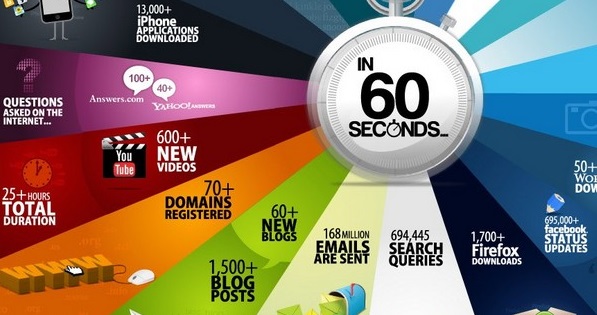Programme | Advanced Infographics for Print and Online
Advanced Infographics for Print and Online
In this workshop, participants will learn both print and online infographics. It will cover what is the new in newspaper industry, trends in news infographics, context and comparision, case studies, identifying opportunities in written stories, what will work best and where, finding most appropriate chart for a data, infographics design using charts, practical exercises and so on.
Day 1, 14 December:
Infographics in print and online
DAY ONE
1. Lecture: The role of Infographics and data visualization in visual story telling.
- The role of infographics to summarize complex stories, find the key message and present it in an impactful and revealing way.
- Successful visual structure and story flow.
- Identifying opportunities for infographics in written stories, and deciding what type would work best.
- What is an infographic and what is not: information and visual insight versus decoration.
- Choosing the right focus, angle and level of complexity appropriate to your audience. Making it relatable.
- Providing context and adequate comparisons.
Quick Exercise
- Speed sketching exercise
(We take an infographic already done and groups create an alternative presentation, by analyzing the variables and focusing on improving the story)
2. Trends
Overview of trends in news infographics
- What is new in the newspaper industry
3. Lecture: Using Charts
Functionality. Finding the most appropriate and revealing chart type for a data set.
- Chart types and when/how to use them. Alternatives.
- Working with numbers and key concepts: mean, median, mode, indexing, adjusting for inflation, etc.
- Design of charts. Scales. Legibility. Data distraction. Data distortion. Color
Quick exercises
- Students are shown different data sets and must guess and sketch out which type of charts would be best to plot them.
4. Lecture: Using maps
- Geographic maps versus thematic or data maps and their essential role in telling stories.
- Types of data maps: choropleth or area maps, dot density maps, bubble maps, flow maps, range maps, heat maps, cartograms, stylized maps, small multiples.
- Tools and resources for modern mapping. GIS mapping software. What it does and how it is used for large datasets. Examples.
5. Lecture: Infographics design
Rules to approach the design of complex storytelling infographics: Hierarchy, content organization, typography. Integration in the page.
- The role of color as a layer of information. Using color strategically.
6. Hands-on group exercise
Groups will sketch out (by hand) an infographic with multiple components (Illustrations, maps and chart). During work, we’ll discuss about the content/editorial choices, alternative approaches to showing the data and telling the story, visual choices and overall design issues.
7. Hands-on exercise: Real world workflow with Excel and Adobe Illustrator
A closer look at how Excel and Illustrator work together. We’ll take a data set and look at some useful Excel functions to analyze data and create charts. We’ll them import and refine the chart in Illustrator and look at Illustrator’s charting tool.
Day 2, 15 December
- From mind to paper: the process and the tools of creativity.
- Creativity: examples of the types of ideas that lead to insightful and visually engaging graphics.
- Brainstorming, sketching, refining your ideas and making a plan.
- Finding the right style
- Tools of the trade. The simple and advanced software tools and hoy they are used for infographics and data visualization.
9. Lecture: Interactive graphics and motion graphics
Graphics on web, smartphones and tablets. Differences. Key concepts in interactivity and navigation.
- What are readers looking for and how they interact with the screen.
- Rise of responsive design: one design, multiple platforms.
- Motion graphics
- Modern tools used for digital infographics: Motion graphics/animation with Adobe After Effects and 3D software; Interactive data visualization with code (D3); Interactive data visualization without programming: Tableau
10. Trends: Showcase of interactive graphics and motion graphics
Showcase of great storytelling infographics online. We’ll analyze trends in digital infographics and discuss some of the best examples and how they were built.
11. Hands-on exercises: Using Tableau
We’ll do hands-on work learning Tableau to create interactive data visualizations with charts and maps online from a series of provided Excel datasets.
12. Hands-on exercise
Participants will sketch out (in paper) a digital version of the infographic sketched out the previous day. There will be two choices:
a) An interactive version, with emphasis on user experience and navigation, and methods/ideas to add interactivity to content.
b) A storyboard for a motion graphic based on the same story.
13. Q&A and resources
We’ll dedicate the end to the workshop to answer any questions and to provide a list of books and blogs for those interested in expanding their knowledge.
Downoad the programme brochure



